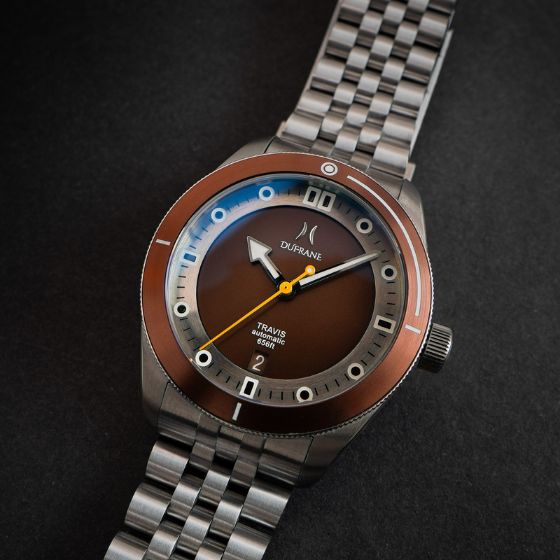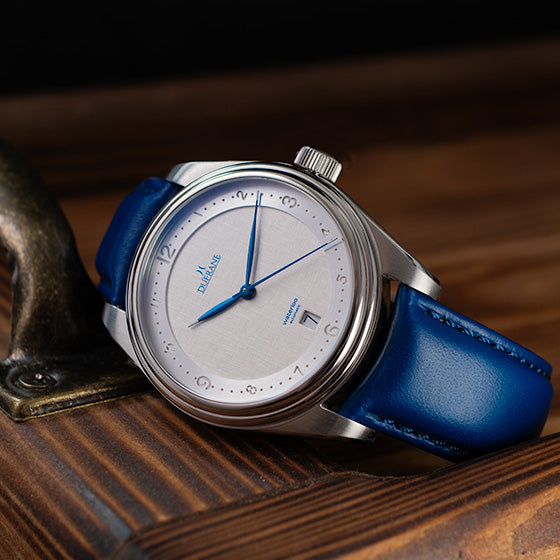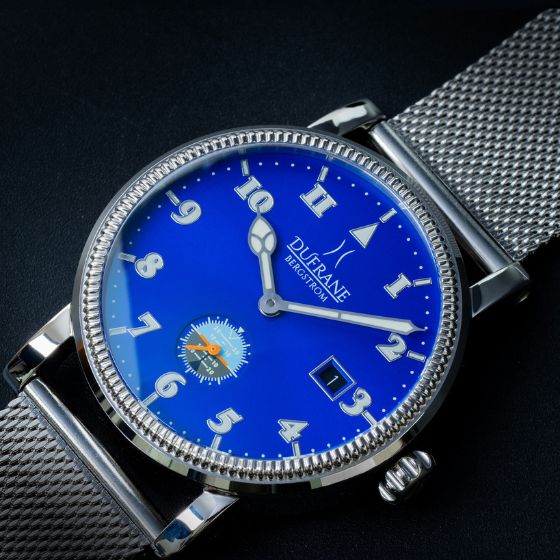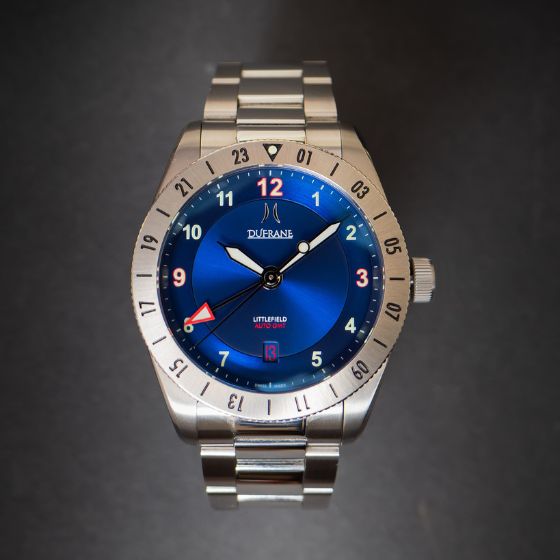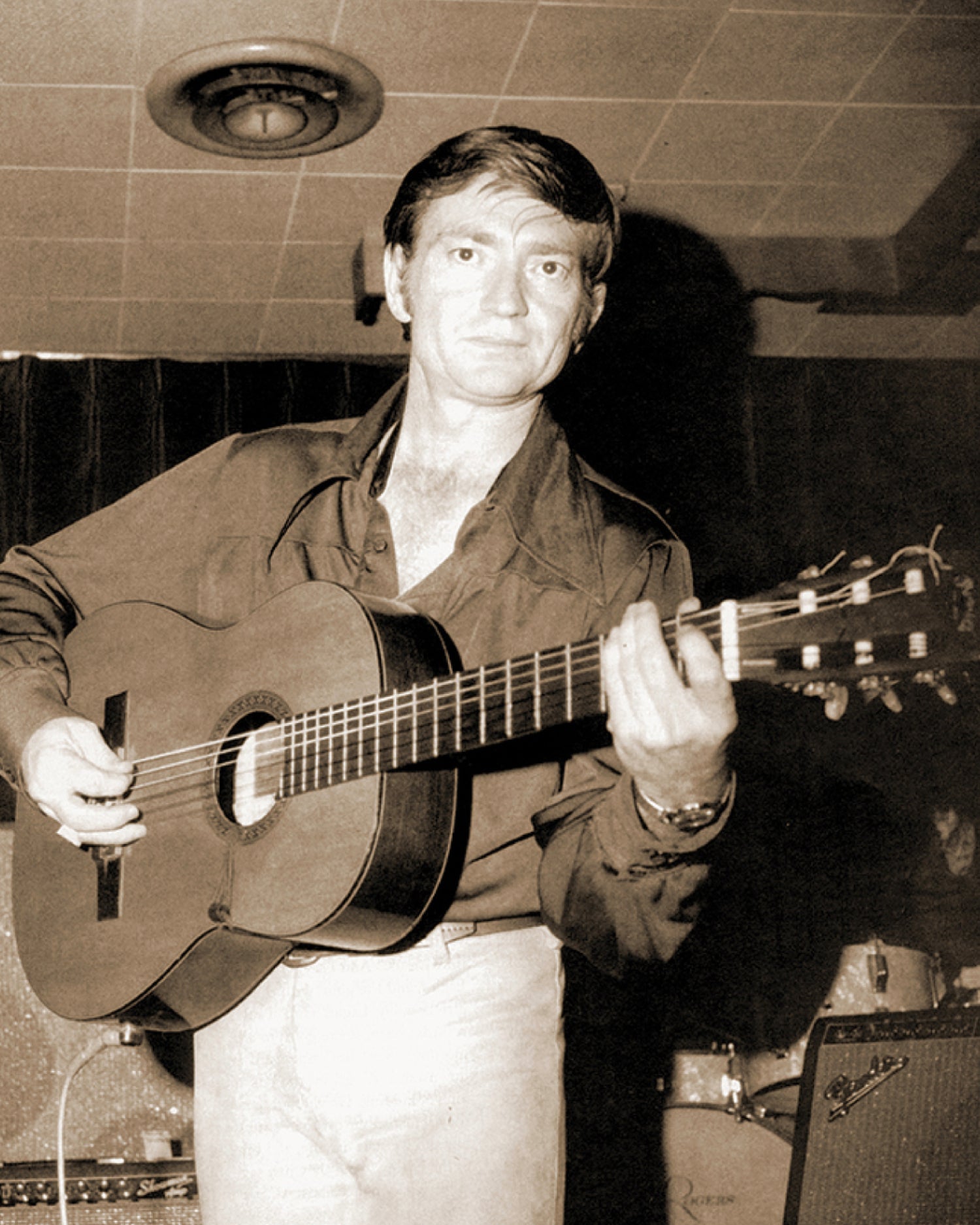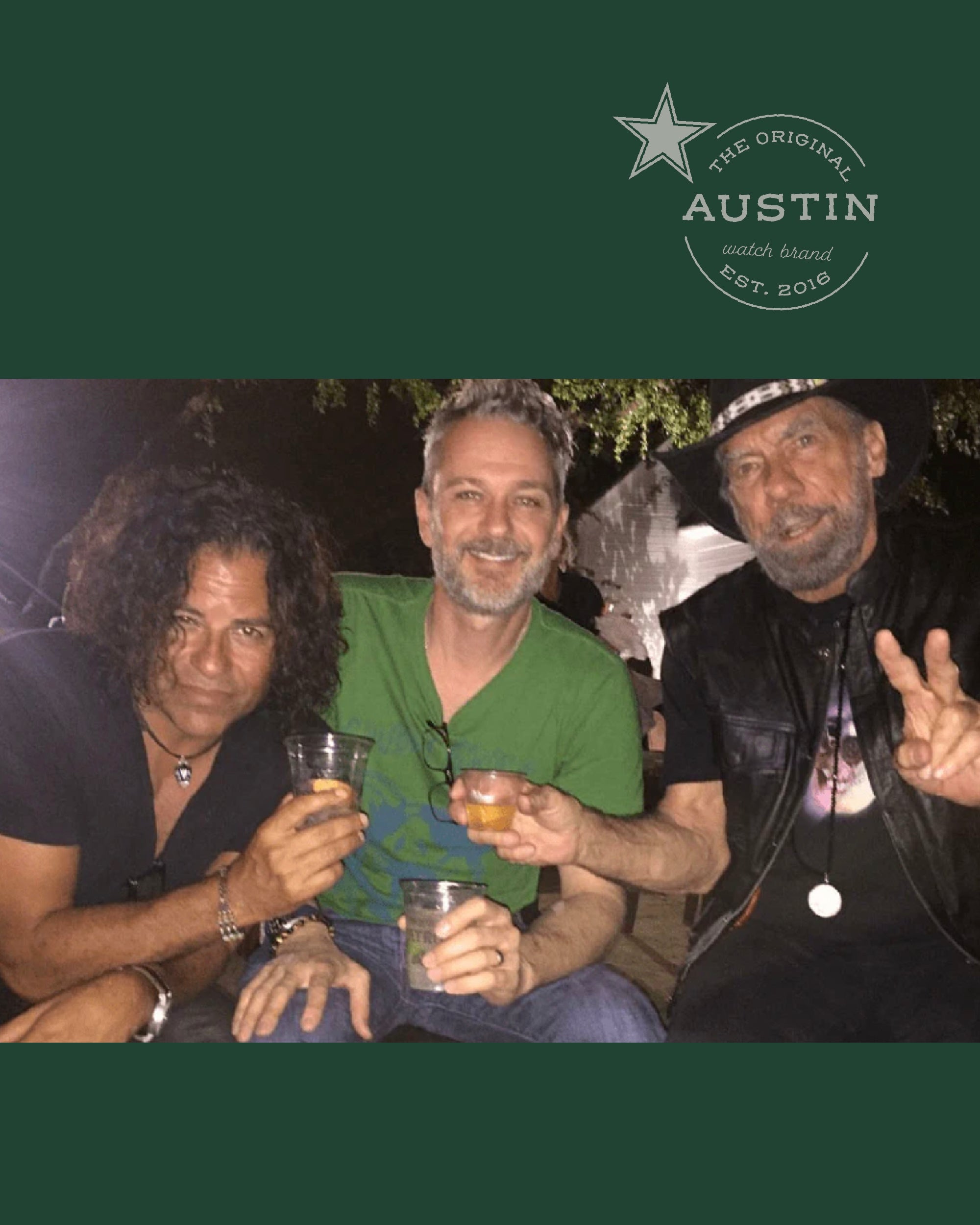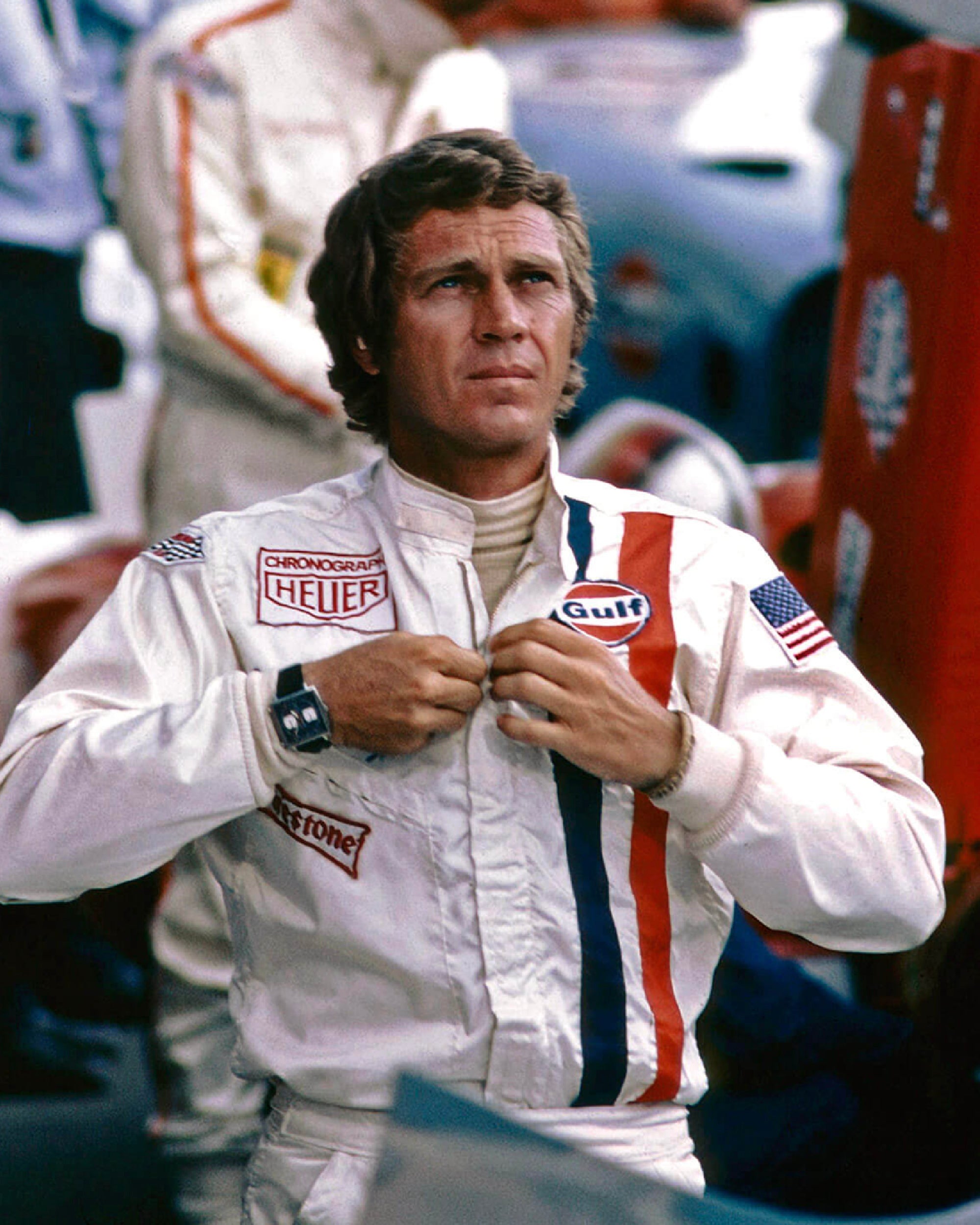An Inauspicious Omen
It was the late 1960's and as a songwriter, things were going pretty well for Willie Hugh Nelson. Willie had run a string of hits that included "Night Life", "Crazy" famously recorded by Pasty Cline and "Hello Walls" which was a hit for Faron Young. But something was missing. His soul felt empty. Though he had had some moderate success as a songwriter, the slick polished sound of Nashville ran counter to his dreams as a musician. He just didn't seem to fit. He not only wanted to be a songwriter but to sing his own songs, to be a recording artist. But Chet Akins and RCA, with whom Willie had cut his first albums, had different ideas. They wanted to clean up his voice, smooth it out, polish him up. But Willie wasn't the polishing kind. He needed a change. And so it was in 1969 that an inauspicious event led to a career divergence for Willie; one that would spark a domino effect that would have a profound impact on history and American music.
On the evening of December 23, 1969 Willie came home from a Christmas party to find his Ridgetop, Tennessee home engulfed in flames. As Nelson told People magazine at the time:
“By the time I got there, it was burning real good, but I had this pound of Colombian grass inside. I wasn’t being brave running in there to get my dope — I was trying to keep the firemen from finding it and turning me over to the police."
So, Willie dashed in the the burning house and grabbed his two most important possessions: the pound of Colombian weed and his beloved guitar "Trigger". Soon after, he hopped in his car and headed home, back to Texas and the sweet, hill country of Austin. He wouldn't be cutting his hair again.

Taken in 1969, this photo of a short haired Willie Nelson features the not yet broken in appearance of his famous guitar "Trigger".
Austin, The Armadillo, and the Birth of Outlaw Country
Around the time that Willie arrived back to Austin, in 1970, a collective of hippies had opened the Armadillo World Headquarters, a dive of bar slash music venue with a interior as rough and ragged as it's exterior at the corner 1st Street and Barton springs Rd. The Armadillo was a no-frills, purely-about-the music venue. Whiskey had just been made legal to drink by the glass so the crowds were nice and loose as the Armadillo became host to an eclectic, hodgepodge of national acts like Frank Zappa, Bill Monroe, The Flying Burrito Brothers and New Riders of the Purple Sage.
Out west, the Summer of Love, hippie, counterculture had been rising for a some time represented in the psychedelic music of bands like the Grateful Dead and the Jefferson Airplane. In Texas, it was the the foot stomping, big band dance music of Bob Wills and the Texas Playboys that shook the floors of honky tonks across Texas.
In the 1960's, Austin was a unique place and what made it "weird" was that like nowhere else, it had a plethora of two diametrically opposed forces: hippies and cowboys. And up to that point, the two didn't mingle. As Asleep at the Wheel's Ray Benson once famously put it: "If you walked in the Broken Spoke with long hair in 1969, you’d get your ass kicked and your hair cut."
But that was about to change. There was one thing and one thing only that could bring them together. And, of course, that thing was music.

The Armadillo Headquarters at the corner of South 1st Street and Barton Springs Rd. in Austin was a nexus of the Austin music scene in the late 1960's and early 70's.
It was the night of August 12, 1972 when Willie took the stage at the Armadillo with "Trigger" that Austin and music changed forever and Willie Nelson became Shotgun Willie. It wasn't just Willie that had needed a change but it turns out, the world had needed one as well. As Willie blasted through his set, his hair now much longer, a signature bandana around the crown of his head, cowboys and hippies stood side by side in a whiskey swilling, menagerie of musical bliss. The fact that these two groups could come together in such a way, just a couple of years earlier, seemed an impossibility. Yet here they were and though Willie became the figurehead, he certainly wasn't alone.
Ultra-talented songwriters and musicians from around Texas and the rest of the country had gotten the scoop: the skinny poet from Houston Townes Van Zandt, the eclectic, "duct tape bandit" Blaze Foley, the storytelling Guy Clark, native Texan powerhouse Waylon Jennings and the rough voiced, "post-Dylan" wordsmith Kris Kristofferson had all descended on Austin.
These musicians brought something new, it was about the music, raw and baroque, a powerful mishmash of country, blues, rock, Tejano, and swing. It was a statement against the anti-slick bubble gum, overproduction of Nashville and a large, unabashed middle finger to the establishment. Most importantly, it appealed to the cowboys and the urban counterculturists, and they became one in music soon becoming indistinguishable. Hell, they all looked like Willie. And the result was that Austin had become a powerful and authentic epicenter of the music world.
Shortly after his pivotal performance at the Armadillo, Willie released the album Shotgun Willie which became one of the quintessential album of this new musical movement that now had a name: "Outlaw Country". And soon a new television show would come calling.

Songwriters like Kris Krisofferson descended on Austin in the 1970's to partake in the powerful, musical ambiance that was happening there.
The Greatest Music Show on Earth
In 1976, KLRN in Austin program director Bill Arhos, producer Paul Bosner, and director Bruce Scafe responded to a call for original programming from member stations. Their idea was to create a music show around the powerful music scene and movement happening in Austin and Texas. They received a grant to follow through with their idea. Once again, it was Willie and "Trigger" taking the stage for the pilot of Austin City Limits, shot at studio 6A at the University of Texas at Austin and broadcast to every home in America through the Public Broadcast Network.
From that first inception pilot, musical artists from nearly every possible genre have graced the stage at ACL from rock and blues, to jazz and hip hop. Many artists rose to national exposure with performances on ACL not the least of which is late great native Austin guitar legend Stevie Ray Vaughn.
Austin City Limits is still running and it has become the longest running music show in the world. This has lead to the spinoff annual Austin City Limits Music Festival as well as having a new venue ACL Live at the Moody Theatre in downtown Austin that doubles as a theatre for national acts.

Willie Nelson performing "Nightlife" for the pilot of Austin City Limits in 1976.
Over the years, Austin City Limits has one numerous awards including the Peabody and National Media of Arts and Time magazine named it one of the ten most influential music programs of all time. Austin City Limits is enshrined in the Rock and Roll Hall of Fame.
The show brought the spirit of Austin onto the television screens of American and the world. As a result, Austin became has become synonymous with a rebel attitude embodied in cosmic and outlaw country music scenes cementing its moniker at the "Live Music Capital of the World", and a beacon of what was happening in the world of music, and the world at large; a real and tangible pulse of America's heartbeat.
As a celebration of this spirit, we we recently released the City Limits GMT, a watch that in name and emotion embodies the beautiful, rollicking history of Austin's singular musical history. Our vision when we designed this watch that you could feel Austin's music no matter where you are in the world, a reflective timepiece of Austin's musical heritage and continuing fervent future.

